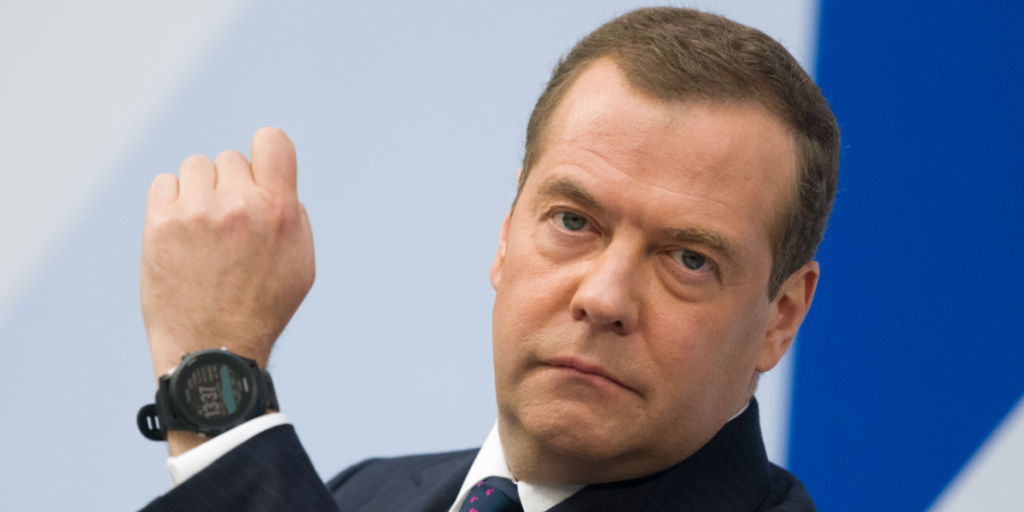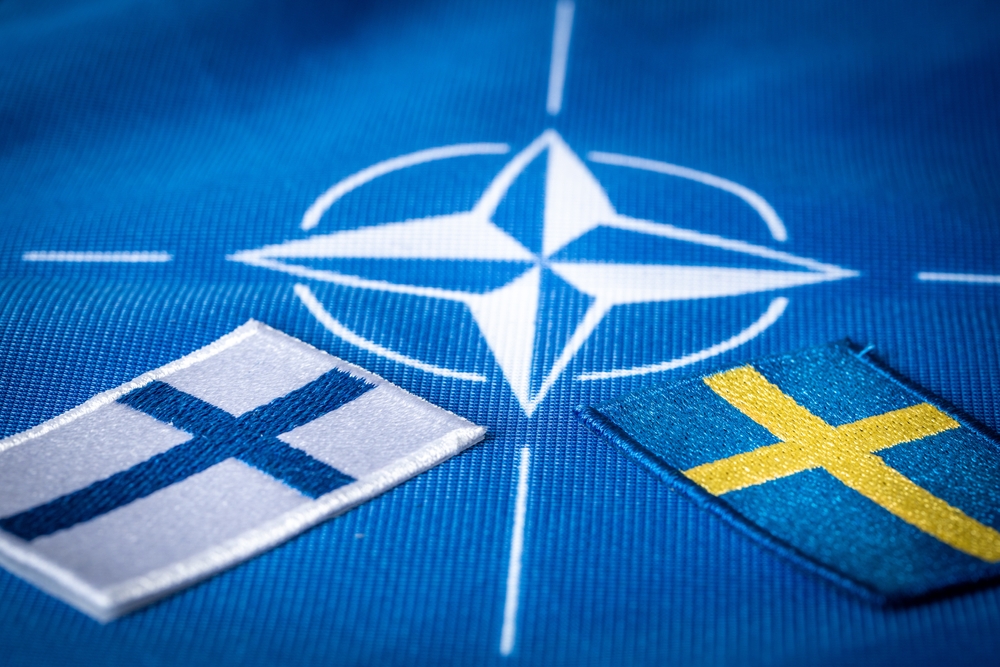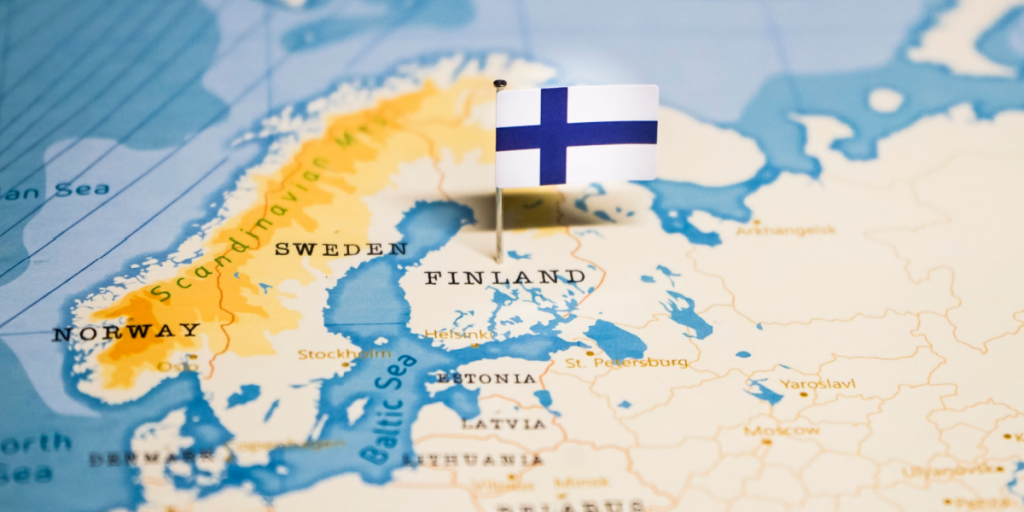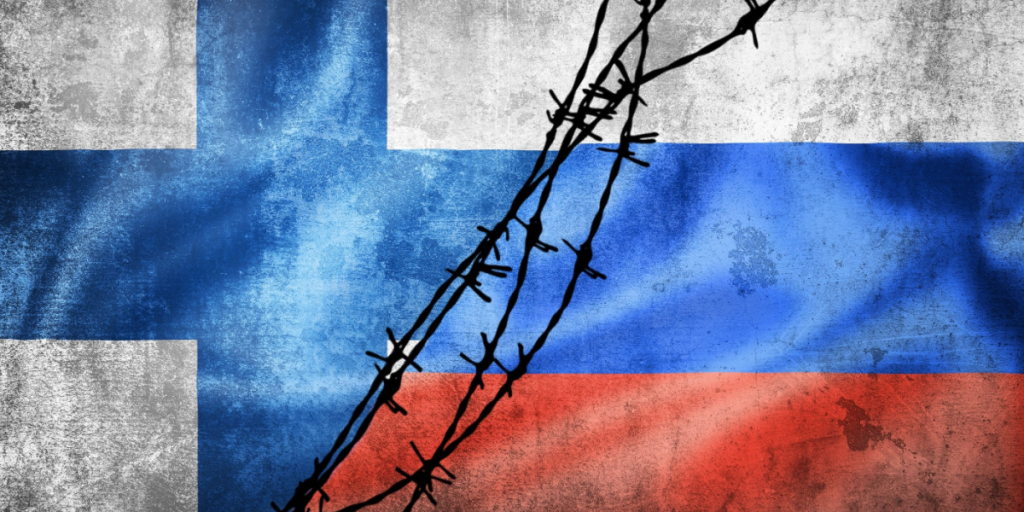The Kremlin sites the recent Finnish membership of NATO as a breach of the 1947 Moscow Armistice.
Others are reading now
The Kremlin sites the recent Finnish membership of NATO as a breach of the Moscow Armistice.
What is happening?

In a bizarre move, Former Russian President Dmitry Medvedev has renewed a claim about war reperations agsinst Finland, stemming the two nations fighting during WW2.
What is he on about?

In 1944, Finland and the Soviet Union signed the Moscow Armistice, ending what is known as the Continuation War between Finland and the Soviet Union.
It was similar to the agreed Moscow Peace Treaty signed in 1940, that ended the Winter War in the beginning of WW2.
The conditions

In the armistice, Finland had to cede parts of Karelia and Salla as well as a number og Islands in the Gulf of Finland.
Also read
All in all, the armistice resultet in approximately 11,5% of Finnish territory being handed over to the Soviet Union.
But what about the money?

Another condition of the armistice included af Finnish payment of $300,000,000 ($5,4 billion at todays rate).
It was to be paid in various commodities over six years to the Soviet Union as war reparations.
So what does that have to do with today?

Finland had been neutral since the end of WW2, but when Russia invaded Ukraine, Finland and Sweden became members of NATO, effectively ending the neutral status.
Medvedev argues that by joining NATO, Finland is violating old agreements, and that is why Russia is new renewing the claim for war reparations.
Also read
Multiplied by 45

Unsurprisingly perhaps, Medvedev will not settle for the original amount of $5,4 billion.
Instead, he argues that the current value of damages actually amounts to 20 trillion rubles – about $244 billion.
That’s 45 times the original amount, even when converting to todays rates.
Accusses Finland of preparing for war against Russia

In an article, penned by Medvedev, and titled “Finland’s New Doctrine: Stupidity, Lies, Ingratitude”, Medvedev accusses Finland of creating command structures of the Finnish army in the Lapland Region.
“It is clear against whom these structures are directed,” he says.


